Quality control is an important, but sometimes overlooked, element of all manufacturing. Careful inspection is not just the difference between a satisfied client and a damaged reputation. In some circumstances, lives may depend on it. Rugged and reliable inspection instrumentation is therefore vital in the modern factory.
Quality control was once a highly manual process. Manufacturers were forced to choose between random sampling or 100% inspection. The first method tries to predict the quality of an entire production run based on a random selection of products. This process introduces fewer delays but can risk the release of faulty products if the sample is too small. The alternative method of 100% inspection is considerably slower and therefore makes the process more expensive.
Technology has come to the aid of the manufacturer. Inspection equipment has evolved into highly automated systems that are ideal for the modern factory. These are vital if quality control is to match the speed and efficiency of the production line.
Automated Inspection Systems
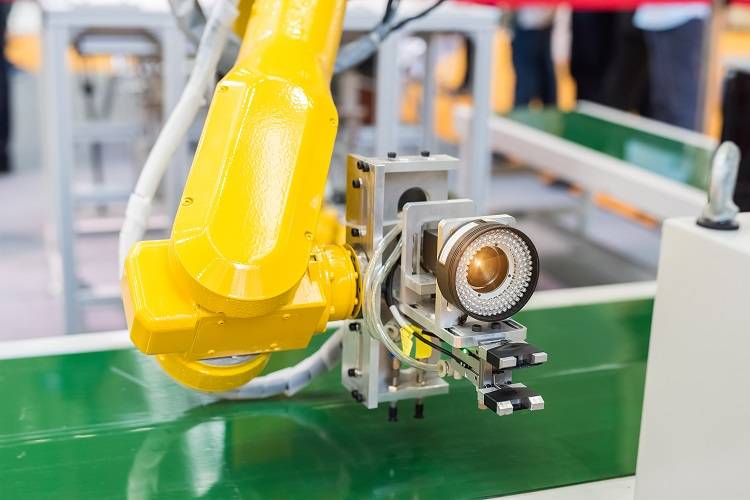
The sophistication of modern quality systems allows automated, 100% inspection. Each item can be analyzed by a suite of instruments. These make use of a range of techniques, from direct imaging with dedicated vision systems to the use of x-rays or spectroscopy. The result is that faulty products can be identified immediately and discarded, or retained for further analysis. Manufacturers can have complete confidence that all of the products leaving the factory will conform to the highest quality standards.
There are other advantages to automated inspection. Using connected systems, manufacturers can analyze trends in production. If a particular machine starts to produce more faulty products than the norm, this can indicate that maintenance is required, and the manufacturer can plan accordingly.
The factory environment is a tough place for sophisticated electronics, however. Even “clean” industries such as food and pharmaceuticals create demanding conditions for inspection equipment. High temperatures, vibration, shock, and the demands of repeated use all mean that devices destined for the smart factory must be designed with durability in mind.
Testing in the Field
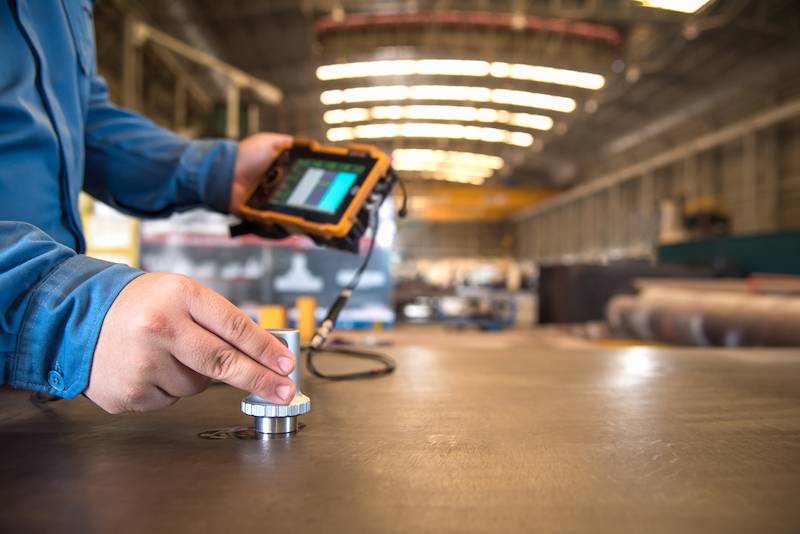
Nor are inspection and detection systems limited to the manufacturing world. In fields as diverse as aviation and civil engineering, there is the need for ongoing inspection to ensure that the wear and tear of everyday use do not place members of the public in danger. These industries, and many more, depend on delicate and precise measurements to conduct non-destructive testing (NDT) to ensure the safety of equipment in the field.
In all environments, from the rigors of the factory floor to the uncompromising needs of testing systems in the field, connectors play an enormous role. The current generation of inspection and detection instrumentation not only needs to function in these demanding conditions, but they are also collecting data in huge volumes. The rise of high-speed wireless connectivity and the Internet of Things even allows inspection to make use of the full power of cloud computing to conduct in-depth analysis in real-time.
Samtec manufactures a range of high-speed connectors, using both conventional copper terminals and advanced fiber-optic technology, that are ideal for use in inspection instrumentation systems. Combining low profile with the superior reliability created by Samtec’s own SET program, connection systems such as the AcceleRate® slim cable deliver the reliability and signal integrity needed to handle huge amounts of data and enable real-time analysis.
For more on this subject, Samtec’s Instrumentation page provides information for inspection and detection systems, along with a range of other instrumentation applications.
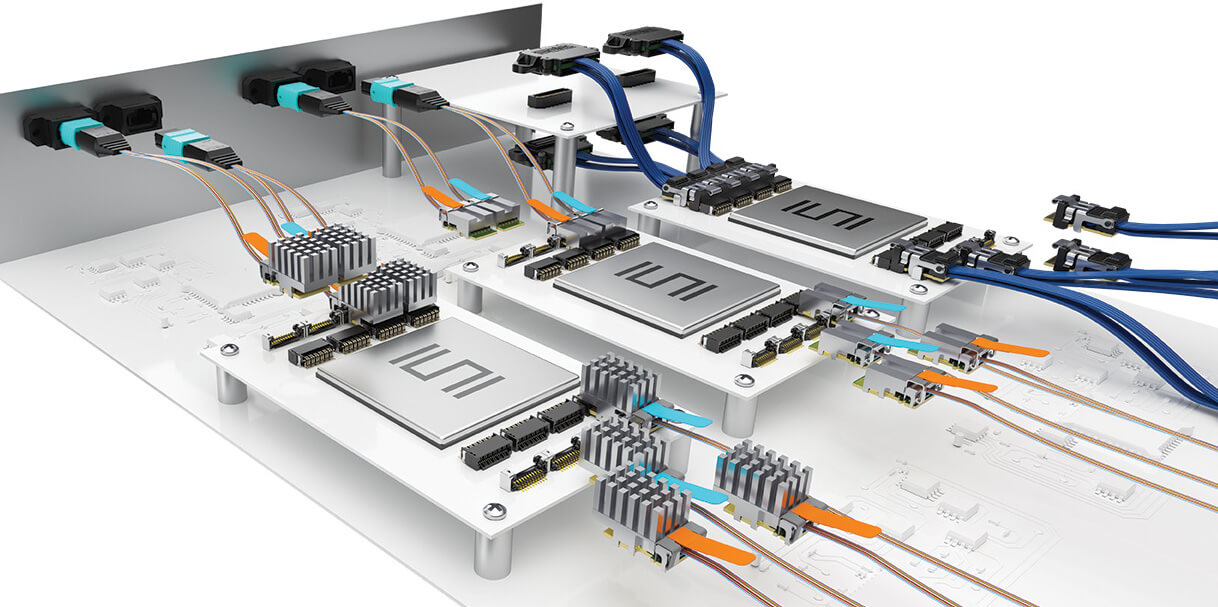
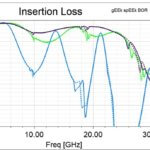
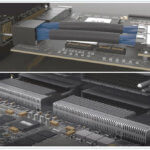
Leave a Reply